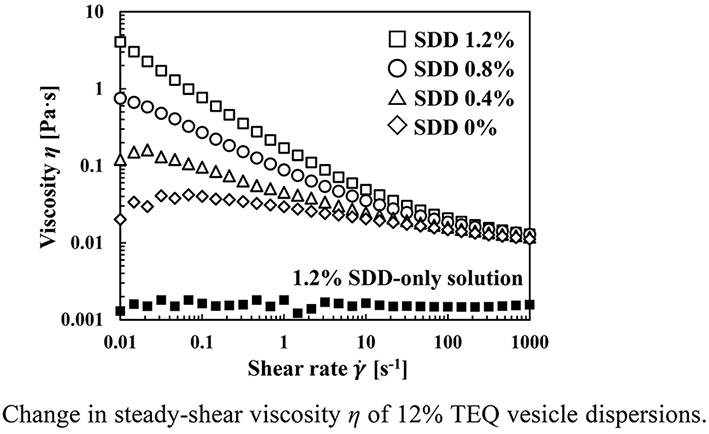
Photo from archive.org
Angelica keiskei (ashitaba) is an edible plant belonging to the Apiacea family. We focused on sesquiterpenes in the leaves eaten by humans (specifically, in the Japanese population), and confirmed the… Click to show full abstract
Angelica keiskei (ashitaba) is an edible plant belonging to the Apiacea family. We focused on sesquiterpenes in the leaves eaten by humans (specifically, in the Japanese population), and confirmed the presence of several sesquiterpenes by GC-MS. Thus, total RNA was extracted from the ashitaba leaves, reverse transcribed, and the resultant cDNAs were used for degenerate PCR followed by rapid amplification of cDNA ends. Consequently, we were able to isolate two full-length Tps genes (designated AkTps1 and AkTps2). Functional analysis of these two genes was carried out with Escherichia coli cells that expressed mevalonate pathway genes to increase the substrate (farnesyl diphosphate) amount of sesquiterpene synthase, revealing that AkTps1 encodes germacrene D synthase, and AkTps2 codes for an enzyme that catalyzes the generation of germacrene B and smaller amounts of germacrene D (a germacrene B and D synthase). We proposed biosynthetic routes of these two sesquiterpenes from farnesyl diphosphate (FPP) via farnesyl cation.
Journal Title: Journal of oleo science
Year Published: 2020
Link to full text (if available)
Share on Social Media: Sign Up to like & get
recommendations!